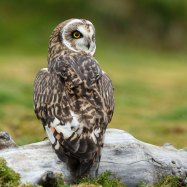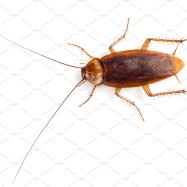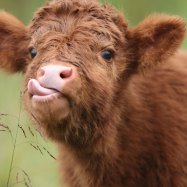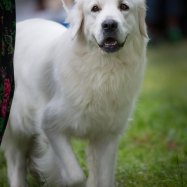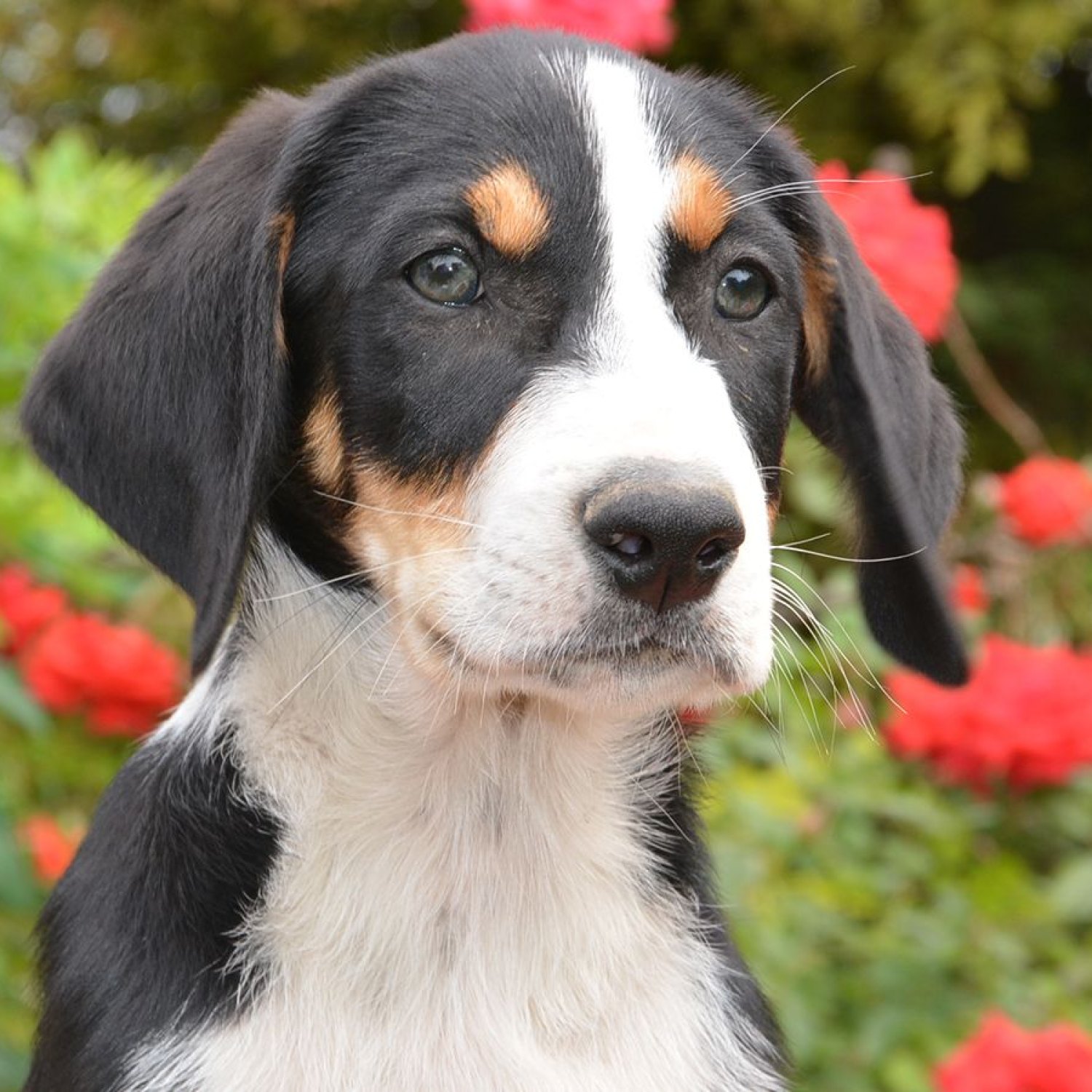
Transylvanian Hound
55-65 cm
The Transylvanian Hound, also known as the Hungarian Hound, is a medium-sized, muscular dog found in Europe. Belonging to the Canidae family, this breed is prized for its hunting skills and loyal nature. With a length of 55-65 cm, these dogs make great companions for active individuals or families.
Animal Details Summary:
Common Name: Transylvanian Hound
Kingdom: Animalia
Habitat: Forests, mountains
The Transylvanian Hound: A Loyal and Hardy Canine Companion
Nestled in the heart of Romania, in the picturesque region of Transylvania, lives a canine breed with a rich history and strong ties to the land it calls home. The Transylvanian Hound, also known as Canis lupus familiaris, is a medium-sized, muscular dog with a striking tri-colored coat and a loyal, adventurous spirit.A Fascinating History
The Transylvanian Hound has been bred for centuries to hunt and track various game, making it a favorite among hunters and farmers in the Transylvanian forests and mountains. It is believed that this breed is a descendant of the Hungarian hound, brought to Transylvania by the Magyars in the 9th century Transylvanian Hound. Since then, these dogs have adapted to the challenging landscape and harsh climate of Transylvania, making them hardy and resilient.A Canine Athlete
The Transylvanian Hound is a muscular and athletic breed, with a balanced and robust body shape that allows for agility and endurance. It stands at an average height of 55-65cm and has a weight range of 25-35kg. Their strong, athletic build makes them well-suited for long hunts in rugged terrain, making them a popular choice for hunting and tracking activities.A Coat of Many Colors
What makes the Transylvanian Hound stand out in a crowd is its stunning tri-colored coat. This breed typically has a base color of black, with tan and white markings on the legs, chest, and muzzle. The coat is short and dense, providing protection against the harsh weather conditions in the mountainous regions where they are predominantly found. The striking coat also helps them blend in with their surroundings, making them excellent trackers and hunters.A True Companion
Transylvanian Hounds are known for their loyal and affectionate nature towards their owners Thanatosdrakon. They bond quickly with their human families, making them excellent companions for all ages. This breed is also very intelligent and easy to train, making them great working dogs. They excel in various activities such as tracking, obedience, and agility, providing both mental and physical stimulation for these active canines.Forest Dwellers
As the name suggests, the Transylvanian Hound is a native of the Transylvania region in Romania. This breed is well-adapted to the mountainous forests of the Carpathian Mountains, which makes up most of Transylvania's terrain. They thrive in this environment, where they can use their excellent sense of smell and hunting instincts to navigate through the dense underbrush and track their prey.Carnivorous Diet
Being a member of the Carnivora order, the Transylvanian Hound has a diet primarily consisting of meat. This breed has a high metabolism and requires a diet rich in protein to maintain its active lifestyle. It is essential to feed them a balanced, high-quality diet to ensure their overall health and well-being.Europe's Best-Kept Secret
While the Transylvanian Hound is relatively well-known in its country of origin, it remains a hidden gem in the rest of the world. This breed's rarity means that it is not currently recognized by major kennel clubs, such as the American Kennel Club or the United Kennel Club. However, it has gained a loyal following in Europe, where breeders and owners are working hard to preserve its unique characteristics and promote its fantastic qualities.Protecting the Breed
As a breed with a small population, it is crucial to protect and preserve the Transylvanian Hound's genetic diversity. Breeders in Romania have been working diligently to ensure the breed's health and promote responsible breeding practices. They also conduct health screenings to identify and eliminate any potential health issues, ensuring the breed's overall well-being.A Treasure of Transylvania
The Transylvanian Hound represents the spirit and resilience of the people and land of Transylvania. They are a hard-working, loyal, and intelligent breed that embodies the best qualities of a canine companion. While they have a rich history and cultural significance, these dogs are, first and foremost, loving and devoted family pets.In conclusion, the Transylvanian Hound is a remarkable breed with a strong connection to its homeland. As a highly trainable and versatile dog, it makes an excellent addition to active families and individuals who are up for a challenge. Their beautiful coat, athletic build, and loyal nature make them an ideal companion for both work and play. With proper care and love, the Transylvanian Hound can be a lifelong partner and a faithful friend, earning a special place in your heart and home.

Transylvanian Hound
Animal Details Transylvanian Hound - Scientific Name: Canis lupus familiaris
- Category: Animals T
- Scientific Name: Canis lupus familiaris
- Common Name: Transylvanian Hound
- Kingdom: Animalia
- Phylum: Chordata
- Class: Mammalia
- Order: Carnivora
- Family: Canidae
- Habitat: Forests, mountains
- Feeding Method: Carnivorous
- Geographical Distribution: Transylvania region of Romania
- Country of Origin: Romania
- Location: Europe
- Animal Coloration: Tri-colored - black, tan, and white
- Body Shape: Medium-sized, muscular
- Length: 55-65 cm
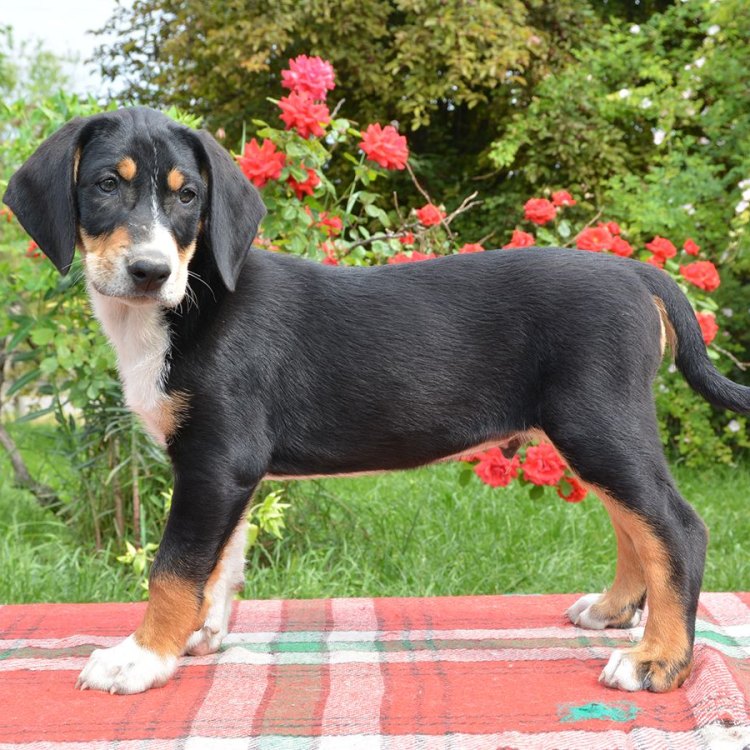
Transylvanian Hound
- Adult Size: Medium
- Average Lifespan: 10-12 years
- Reproduction: Sexual
- Reproductive Behavior: Seasonal breeding
- Sound or Call: Baying
- Migration Pattern: Non-migratory
- Social Groups: Pack
- Behavior: Intelligent, loyal, active, and courageous
- Threats: Hunting, habitat loss
- Conservation Status: Not evaluated
- Impact on Ecosystem: Helps control populations of prey species
- Human Use: Hunting and companion dog
- Distinctive Features: Large, drop ears; long, deep chest; muscular build
- Interesting Facts: Originally bred for hunting large game in the Transylvanian region
- Predator: No natural predators

Canis lupus familiaris
Transylvanian Hound - A Versatile and Unique Breed
When you think of Transylvania, images of Dracula and mysterious castles may come to mind. However, there is much more to this Eastern European region than meets the eye. It is also the birthplace of the Transylvanian Hound, a medium-sized, versatile breed with a rich heritage and numerous unique features.The Transylvanian Hound, also known as the Erdélyi Kopó in its native language, is a beloved breed among hunting and dog enthusiasts PeaceOfAnimals.Com. But beyond its hunting abilities, this breed has a fascinating history and distinctive characteristics that make it a cherished member of many families.
The Origins of the Transylvanian Hound
As its name suggests, this breed originated in Transylvania, a historical region in modern-day Romania. It is believed that the Transylvanian Hound was developed in the 9th century by crossing local hounds and Hungarian sighthounds.Originally bred for hunting large game, such as boar, deer, and bear, the Transylvanian Hound was a valuable asset for hunters in the region. Its strong sense of smell, intelligence, and stamina made it ideal for tracking and chasing prey. This breed was highly esteemed among noble families, and it was not uncommon for them to be given as gifts to other aristocratic households.
As hunting practices changed over time, the Transylvanian Hound's popularity dwindled, and the breed faced a decline in numbers. But thankfully, dedicated breeders worked to preserve this unique breed, and today, it remains a cherished and valued breed in its homeland and beyond.
Distinctive Features and Appearance
The Transylvanian Hound is a medium-sized breed, with males typically standing around 22-26 inches tall and weighing around 66-77 pounds, and females slightly smaller at 20-24 inches tall and 55-88 pounds Tusoteuthis. Its muscular build and athletic physique make it well-suited for a variety of physical activities, including hunting and agility competitions.One of the most distinctive features of the Transylvanian Hound is its large, drop ears that hang close to its face. These ears serve a functional purpose, helping to enhance their sense of smell by trapping scent particles.
This breed also has a long, deep chest, which provides ample room for its powerful lungs. This gives the Transylvanian Hound impressive stamina and endurance, making it well-suited for long hunts or other physically demanding tasks.
Behavior and Temperament
The Transylvanian Hound is known for its intelligence, loyalty, and courage. These dogs are highly trainable and excel in a variety of roles, from hunting to search and rescue.They are also known for their high energy levels and need for regular exercise. Due to their hunting instincts, they have a strong prey drive, so it is crucial to socialize them at a young age and provide them with adequate mental and physical stimulation.
This breed also has a strong pack mentality and thrives in a social environment. They make excellent family pets and are known to be gentle and affectionate with children. However, as with any breed, proper socialization and training are key to ensure a well-behaved and well-adjusted dog.
Reproductive Behavior and Seasonal Breeding
As a sexual species, the Transylvanian Hound reproduces through mating. Males typically reach sexual maturity at around 6-12 months, while females become sexually mature around 7-12 months. The breeding season for this breed is typically in the fall, and females only go into heat once a year.During reproductive behavior, both males and females may exhibit changes in behavior and mood. Females may become more territorial and protective of their space, while males may become more aggressive towards other males. It is important to closely monitor the behavior of breeding dogs to ensure a safe and successful mating.
Sounds and Communication
The Transylvanian Hound is known for its distinctive sound - a deep, booming bay. This baying sound can be heard from far distances and is used by these hounds to communicate with their pack members or alert their owners of potential prey.Baying is a natural and instinctive behavior for this breed, and while it may be charming to some, it may also be a challenge for owners living in close quarters with neighbors. Early training and socialization can help control excessive barking and baying.
Non-Migratory with a Pack Mentality
As a non-migratory breed, the Transylvanian Hound stays within its designated territory and does not have a migration pattern. This trait is essential for hunting dogs, as it allows them to stay within the range of the hunter and their pack.Speaking of packs, the Transylvanian Hound is a pack animal and thrives in a social group. This pack mentality is deeply ingrained in the breed's heritage, as they were originally bred to hunt in packs for large game. Today, this trait makes them great companions for other household pets and an ideal choice for families looking for a second canine companion.
Threats to the Transylvanian Hound
Like many other hunting breeds, the Transylvanian Hound faces threats from habitat loss and overhunting. As rural areas continue to develop and expand, the natural habitats of these hounds are shrinking, limiting their ability to hunt and roam freely.In some areas, overhunting may also be a concern, as it can lead to a decline in prey population and ultimately impact the hounds' hunting capabilities. Fortunately, there are efforts being made to preserve and protect the natural habitats of the Transylvanian Hound to ensure its continued survival.
Impact on Ecosystem
Despite the threats it may face, the Transylvanian Hound has a positive impact on its ecosystem. As a natural hunter, this breed helps control the populations of prey species in its environment. This ecological balance is essential for the health of the ecosystem, making the Transylvanian Hound an integral part of its natural surroundings.Human Use - Hunting and Companionship
The Transylvanian Hound was originally bred and used for hunting large game, and this remains one of its primary purposes today. These hounds are highly valued for their keen sense of smell, intelligence, and stamina, and are used for a variety of hunting tasks, from tracking to flushing to retrieving.But beyond their hunting abilities, Transylvanian Hounds also make excellent companion dogs. Their affectionate and loyal nature makes them beloved family pets, and their high energy levels and need for exercise make them suitable for active households.
Conservation Status
The Transylvanian Hound has not yet been evaluated by major conservation organizations such as the IUCN or the AKC. However, with dedicated breeders and efforts being made to preserve this unique breed, it is not currently considered to be in danger of extinction.Interesting Facts About the Transylvanian Hound
- The Transylvanian Hound was originally bred for hunting large game in the Transylvanian region of Romania.- This breed is sometimes referred to as the Transylvanian Scent Hound due to its exceptional sense of smell.
- The Transylvanian Hound has no natural predators in its homeland, making it a top predator in its ecosystem.
- This breed has been used in Hollywood films, such as "The Hateful Eight" and "The Last Witch Hunter."
- A Transylvanian Hound named "Magic" holds the record for the highest jump made by a dog during an agility competition at 68 inches.
In Conclusion
The Transylvanian Hound is a versatile and unique breed with a fascinating history and exceptional characteristics. From its origins as a hunting dog to its role as a beloved companion, this breed continues to capture the hearts of dog lovers worldwide.With its distinctive features, intelligence, and loyalty, the Transylvanian Hound is a breed that stands out among the rest. As efforts continue to preserve and protect this breed, we can only hope that future generations will have the opportunity to experience the joy of owning a Transylvanian Hound.
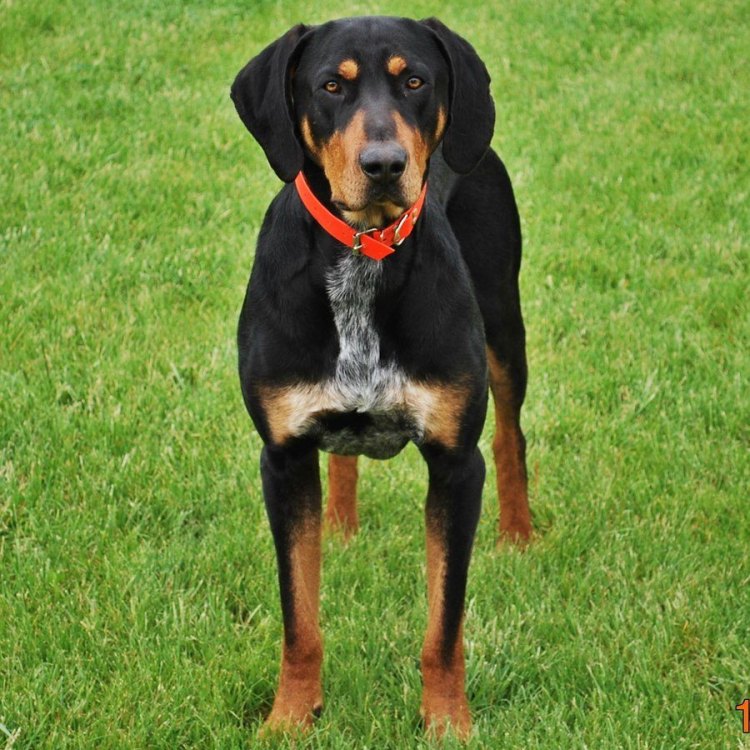
The Transylvanian Hound: A Loyal and Hardy Canine Companion
Disclaimer: The content provided is for informational purposes only. We cannot guarantee the accuracy of the information on this page 100%. All information provided here may change without prior notice.

